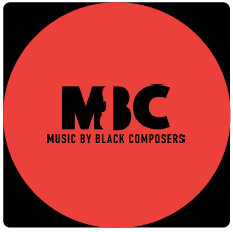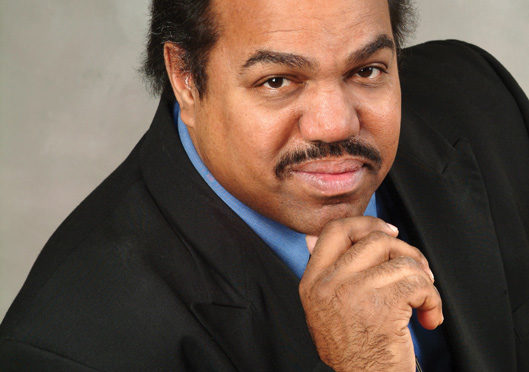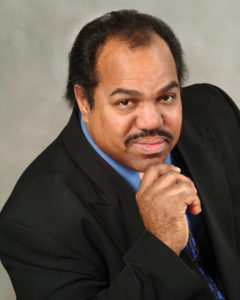The not-for-profit Rachel Barton Pine (RBP) Foundation’s Music by Black Composers (MBC) project has launched its first free online directories of classical music written by Black composers: Repertoire for Violin and Orchestra, and Repertoire for Unaccompanied Solo Violin. MBC works to rectify historic and ongoing racial injustices in the classical music sphere.
MBC’s repertoire directories establish a central location for existing music by Black classical composers. They are a free resource for performers, conductors, concert programmers, students, and teachers seeking existing music, as well as for researchers and scholars of classical music. Whenever possible, the directories include instrumentation, length, links for acquiring the sheet music, links to recordings, and other helpful information to aid in programming. Additionally, the works in the directory for violin and orchestra are sortable by piece (composition date, orchestration, length) and composer (gender and geographical region).
The directory of Repertoire for Violin and Orchestra currently features 38 compositions by 19 composers (four women and 15 men), which were composed between 1773 and 2020.
The directory of Repertoire for Unaccompanied Solo Violin currently features 36 compositions by five women and 23 men, which were composed between 1868 and 2020. The category of Unaccompanied Solo Violin is defined as works intended for solo performer. The vast majority are unaccompanied, but may include electronics, narration, or other auxiliary actions performed by the soloist. For more information, visit their website at www.MusicbyBlackComposers.org.
While the Music by Black Composers project is and will be an outstanding resource in Black music, there are also several other major sources of music by Black composers that have served as a resource for many decades. That includes two of the largest, The Schomburg Center for Research in Black Culture in Harlem, NY, and the Moorland-Spingarn Library at Howard University in Washington, DC.
The Schomburg Center for Research in Black Culture in Harlem, one of The New York Public Library’s renowned research libraries, is a world-leading cultural institution devoted to the research, preservation, and exhibition of materials focused on African-American, African Diaspora, and African experiences. Their collections include books, manuscripts, prints and photographs, moving image and sound recordings, paintings and sculpture, and vast amounts more. For more information, visit their website at www.nypl.org/locations/schomburg.
The Moorland-Spingarn Library began in 1914, when Dr. Jesse E. Moorland, a Black theologian who was an alumnus and trustee of Howard, donated his private library, at that time considered one of the most significant collections of Black-related materials in existence. His collection provided the catalyst for the centralization of the university library’s other Black-related materials, which became known collectively as the Moorland Foundation.
In 1946, Howard University acquired the large personal library of Arthur B. Spingarn, an attorney, social activist, and prominent collector of books and other materials produced by Black people. The Moorland-Spingarn Research Center is named for these two benefactors whose collections provided the foundation upon which later development could be built. What began in the early years of Howard University as a small collection of antislavery books and pamphlets is now one of the world’s premiere centers for the study of the Black experience. For more information, visit their website at library.howard.edu/MSRC.
And of course, the Library of Congress houses volumes of music by Black composers and the institution is one of the greatest repositories of black classical literature. For more information, visit their website at www.loc.gov.






